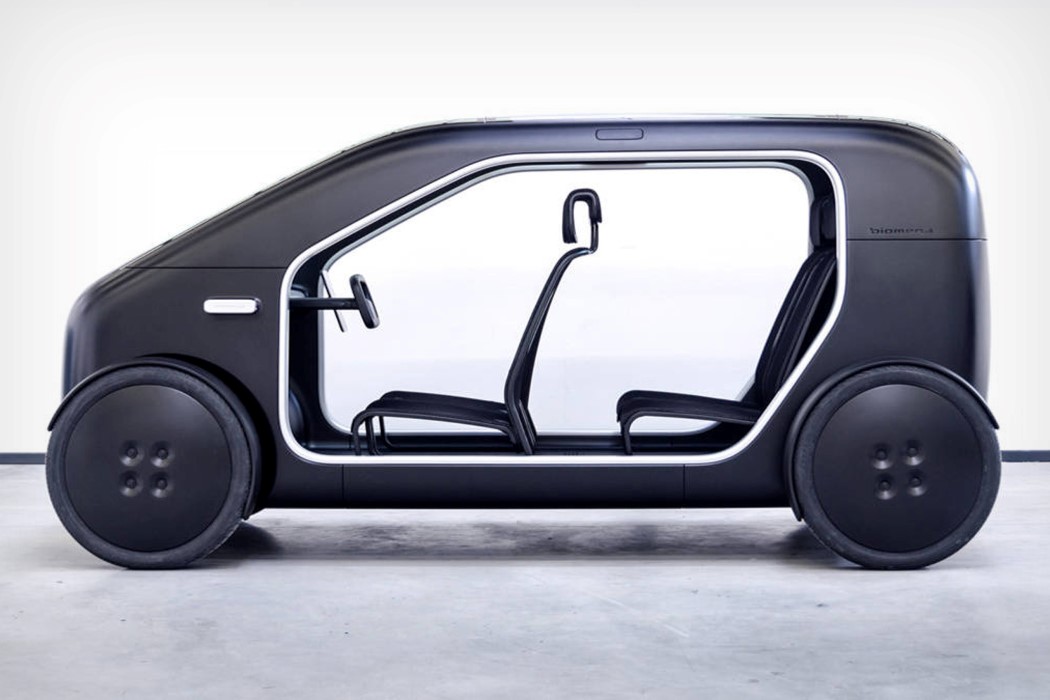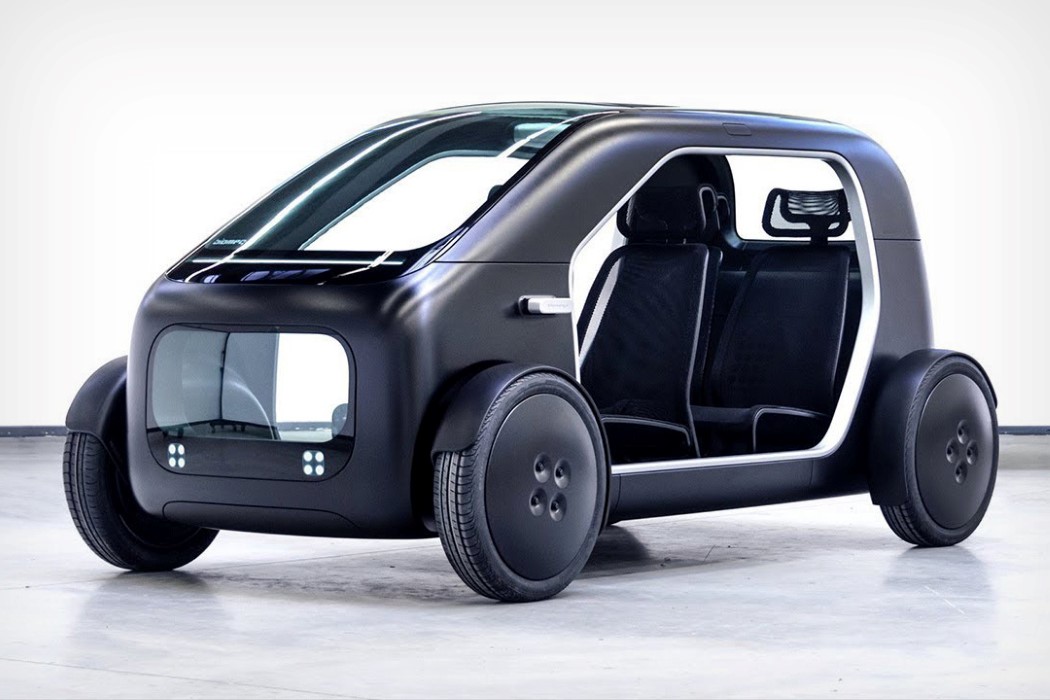Minimalist Design: A Revolution In Automotive Aesthetics
Minimalist Design: A Revolution in Automotive Aesthetics
Minimalist Design: A Revolution in Automotive Aesthetics

The automotive landscape is constantly evolving, driven by technological advancements, changing consumer preferences, and a relentless pursuit of efficiency. In recent years, a subtle but powerful shift has emerged – a growing appreciation for minimalist design. This trend, far from being merely a stylistic choice, represents a fundamental rethinking of what a car can be, both aesthetically and functionally.
Beyond the Hype: The Essence of Minimalism in Automotive Design
Minimalism, at its core, is about stripping away the unnecessary to reveal the essence. In automotive design, this translates to clean lines, uncluttered surfaces, and a focus on functionality. It’s about creating a sense of space, both inside and out, and allowing the vehicle’s inherent form to speak for itself.
The Appeal of Minimalist Design
The allure of minimalist design in vehicles stems from several factors:
Table of Content
- Timeless Elegance: Minimalist designs often transcend fleeting trends, offering a sense of enduring sophistication. They age gracefully, retaining their appeal for years to come.
- Enhanced Functionality: By eliminating unnecessary elements, minimalist designs prioritize functionality. This can manifest in improved aerodynamics, increased interior space, or a more intuitive user experience.
- Visual Clarity: The absence of clutter creates a sense of visual clarity, reducing distractions and fostering a more serene driving experience.
- Sustainability: Minimalist design often aligns with sustainability principles, minimizing material usage and promoting efficiency.

Examples of Minimalist Design in Action
- The Minimalist Revolution On Wheels: A Guide To Designing Your Dream Home On Four Wheels
- From Driveways To Living Rooms: The Rise Of Vehicle-Inspired Home Decor
- Taking The Wheel Of Home Design: A Guide To Vehicle Reviews And Their Impact On Interior Design
- Driving Into The Future: A Comprehensive Review Of Homestyler 3D For Vehicle Reviews
- AutoCAD HomeStyler: Designing Your Dream Home, One Virtual Brick At A Time
The automotive industry has embraced minimalist design in various ways, from the exterior to the interior and even in the overall concept of the vehicle. Here are some prominent examples:
1. Exterior Design:
- Tesla Model 3: The Model 3 is a prime example of minimalist exterior design. Its sleek, aerodynamic profile, flush door handles, and minimal badging create a clean and modern aesthetic.
- Porsche Taycan: The Taycan’s sharp lines, low roofline, and absence of traditional grilles embody a minimalist approach to sports car design.
- Honda Civic Type R: While the Type R is known for its aggressive styling, its clean lines and functional elements, like the large rear wing and integrated diffuser, reflect a minimalist design philosophy.

2. Interior Design:
- Audi A8: The A8’s interior features a minimalist dashboard layout, with a large touchscreen and minimal buttons, creating a spacious and uncluttered environment.
- Volvo XC90: The XC90’s interior emphasizes clean lines, premium materials, and a focus on functionality, offering a calming and luxurious experience.
- Polestar 2: The Polestar 2’s interior showcases a minimalist approach to technology, with a large touchscreen and a minimal button layout, prioritizing a clean and intuitive user experience.
3. Concept Cars:
- BMW i Vision Circular: This concept car, designed for circularity and sustainability, embodies minimalist design principles with its sleek, modular form and focus on recycled materials.
- The Minimalist Revolution On Wheels: A Guide To Designing Your Dream Home On Four Wheels
- From Driveways To Living Rooms: The Rise Of Vehicle-Inspired Home Decor
- Taking The Wheel Of Home Design: A Guide To Vehicle Reviews And Their Impact On Interior Design
- Driving Into The Future: A Comprehensive Review Of Homestyler 3D For Vehicle Reviews
- AutoCAD HomeStyler: Designing Your Dream Home, One Virtual Brick At A Time
- Hyundai Prophecy: The Prophecy concept car showcases a futuristic vision of minimalist design, featuring a sleek, aerodynamic profile, a spacious interior, and a focus on user-centric technology.
Beyond Aesthetics: The Impact of Minimalist Design
Minimalist design goes beyond mere aesthetics, influencing the way we interact with our vehicles and shaping the future of the automotive industry:
- User Experience: Minimalist design prioritizes intuitive user interfaces, reducing distractions and enhancing the driving experience. This can be seen in the rise of haptic feedback, gesture control, and voice commands.
- Technology Integration: Minimalist design facilitates the seamless integration of advanced technologies, such as autonomous driving systems, connected car features, and advanced driver-assistance systems.
- Sustainability: Minimalist design promotes sustainability by minimizing material usage, reducing weight, and optimizing efficiency. This aligns with the growing demand for eco-friendly vehicles.
The Future of Minimalist Design in Automotive
The trend towards minimalist design is likely to continue gaining momentum in the automotive industry. As technology advances and consumer preferences evolve, we can expect to see even more innovative and impactful applications of minimalist design principles. This will lead to vehicles that are not only aesthetically pleasing but also more efficient, sustainable, and user-friendly.
Exploring the nuances of Minimalist Design in Automotive
While minimalist design offers numerous benefits, it’s crucial to understand its nuances and potential challenges:
1. The Fine Line Between Minimalism and Simplicity:
There’s a delicate balance between minimalist design and mere simplicity. While minimalism aims to remove the unnecessary, it should not sacrifice functionality or create a sterile environment. The key is to achieve a sense of purposeful simplicity, where every element serves a clear purpose.
2. The Role of Technology in Minimalist Design:
Technology plays a crucial role in minimalist design, enabling features like voice control, gesture recognition, and head-up displays. However, it’s essential to ensure that technology integration enhances the user experience rather than overwhelming it.
3. The Importance of Material Choice:
Minimalist design often emphasizes the use of high-quality materials, creating a sense of luxury and refinement. However, the choice of materials should also consider sustainability and environmental impact.
4. The Potential for Oversimplification:
While minimalism strives to reduce clutter, it’s important to avoid oversimplification. Certain design elements, like tactile buttons or physical dials, can provide a sense of reassurance and control, particularly for experienced drivers.
5. The Challenge of Maintaining Functionality:
Minimalist design can sometimes lead to the removal of essential features, potentially compromising functionality. It’s crucial to strike a balance between aesthetic simplicity and practical usability.
Conclusion: A New Era of Automotive Design
Minimalist design is not merely a fleeting trend but a fundamental shift in automotive aesthetics. It represents a paradigm shift towards simplicity, functionality, and user-centricity. By embracing minimalist design principles, the automotive industry can create vehicles that are not only visually stunning but also more efficient, sustainable, and enjoyable to drive. As technology continues to evolve, we can expect to see even more innovative and impactful applications of minimalist design in the years to come, shaping the future of the automotive landscape.
sure
Thus, we hope this article has provided valuable insights into Minimalist Design: A Revolution in Automotive Aesthetics. We appreciate your attention to our article. See you in our next article!
Posting Komentar untuk "Minimalist Design: A Revolution In Automotive Aesthetics"